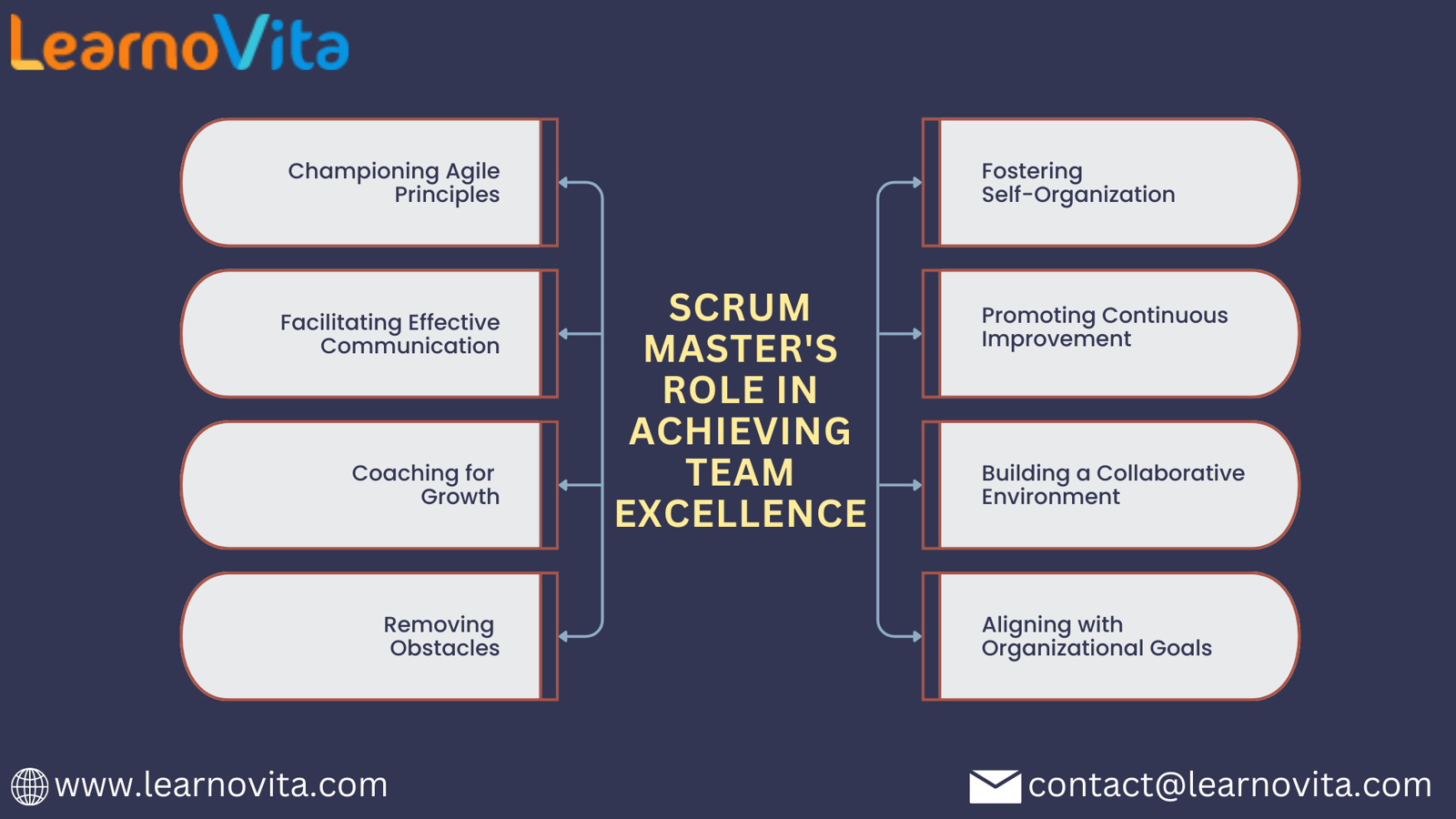Driving Team Performance: The Scrum Master’s Essential Functions
- Get link
- X
- Other Apps

1. Facilitating Scrum Events
One of the primary responsibilities of a Scrum Master is to facilitate Scrum events, including daily stand-ups, sprint planning, sprint reviews, and retrospectives. By ensuring these meetings are productive and focused, the Scrum Master helps the team maintain alignment and momentum. These events provide opportunities for collaboration, reflection, and planning, which are crucial for driving performance.
2. Removing Impediments
Impediments can significantly hinder a team's progress. The Scrum Master actively identifies and addresses these obstacles, whether they are technical issues, process bottlenecks, or interpersonal conflicts. By removing barriers, the Scrum Master enables the team to maintain focus on their goals and deliver value consistently.
3. Coaching and Mentoring
A Scrum Master acts as a coach and mentor, guiding team members in Agile practices and the Scrum framework. This coaching helps individuals understand their roles, responsibilities, and the importance of collaboration. By fostering a culture of learning, the Scrum Master empowers team members to enhance their skills, leading to improved performance and productivity.
4. Promoting Self-Organization
Self-organization is a key principle of Agile methodologies. The Scrum Master encourages the team to take ownership of their tasks and decisions, promoting autonomy and accountability. This self-management not only boosts morale but also enhances the team’s ability to adapt to changes and challenges, ultimately driving performance.
5. Encouraging Continuous Improvement

6. Building a Collaborative Culture
Collaboration is crucial for success in Agile environments. The Scrum Master fosters a collaborative culture by encouraging teamwork, knowledge sharing, and open communication. By breaking down silos and promoting cross-functional relationships, the Scrum Master helps the team leverage diverse perspectives and skills, driving innovation and performance.
7. Aligning with Organizational Goals
For a team to perform effectively, their work must align with the broader goals of the organization. The Scrum Master ensures that the team understands how their objectives fit into the larger mission. This alignment fosters a sense of purpose and direction, motivating team members to strive for excellence and deliver value.
8. Supporting Stakeholder Engagement
Effective stakeholder engagement is vital for team success. The Scrum Master acts as a liaison between the team and external stakeholders, ensuring that communication is clear and expectations are managed. By fostering strong relationships with stakeholders, the Scrum Master helps the team gain valuable insights and support, enhancing their ability to deliver on objectives.
Conclusion
The Scrum Master’s essential functions are crucial for driving team performance. By facilitating Scrum events, removing impediments, coaching and mentoring, promoting self-organization, encouraging continuous improvement, building a collaborative culture, aligning with organizational goals, and supporting stakeholder engagement, the Scrum Master empowers teams to excel.
In a rapidly evolving business landscape, the effectiveness of a Scrum Master can make a significant difference in a team’s ability to deliver value and achieve success. Investing in skilled Scrum Masters is essential for organizations looking to unlock their teams’ full potential and foster a culture of excellence. With the right support, teams can thrive, innovate, and navigate the complexities of the Agile environment with confidence.
- Get link
- X
- Other Apps

Comments
Post a Comment